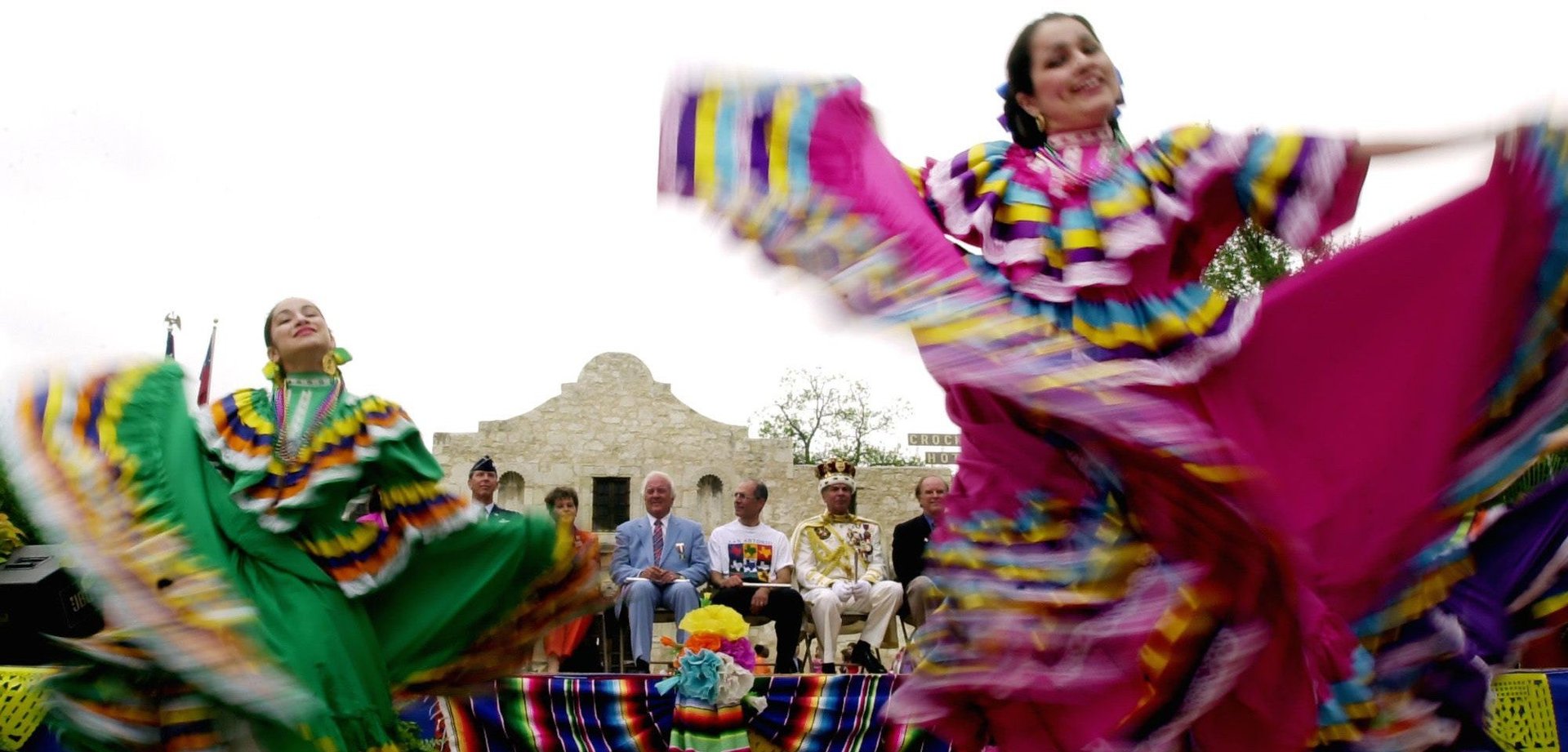Mexicans are the top immigrant group in the US, not just now, but in history
In the history of US immigration, Mexicans have achieved something no other group that preceded them ever has: They are the top foreign-born population in nearly every state in the nation.


In the history of US immigration, Mexicans have achieved something no other group that preceded them ever has: They are the top foreign-born population in nearly every state in the nation.
An interactive map released by the Pew Research Center on Sept. 28 tracks the origin of each state’s largest immigrant group over time. A chronological slider shows how the US went from splotches of Irish and Germans in the 1800s to patches of Italians, British and Swedes in the first half of the 20th century to a full quilt of different nationalities in the second half.
In the most contemporary version of the map, from 2013, people born in Mexico make up the biggest immigrant group nationwide.
Of course, this map only reflects the Mexican-born population relative to other immigrant populations, not as a percentage of the total population. Mexican immigrants still make up only a small share of the total population in many places.
In a handful of states, the majority of residents born outside the US came from other countries: from Ethiopia in South Dakota, China in Pennsylvania, and Jamaica in Connecticut.
Still, in absolute numbers, immigration from Mexico dwarfs other big inflows of foreigners, now and in the past. From 1965 to 2015, in what Pew describes as the latest migration wave to the US, more than 16 million Mexicans relocated to the US.
Compare that to the 4 million Italians who formed the largest immigrant group in the United States’ previous major wave (1890-1919), or to the 4.3 million Germans who topped the migration wave before that, from 1840 to 1880.